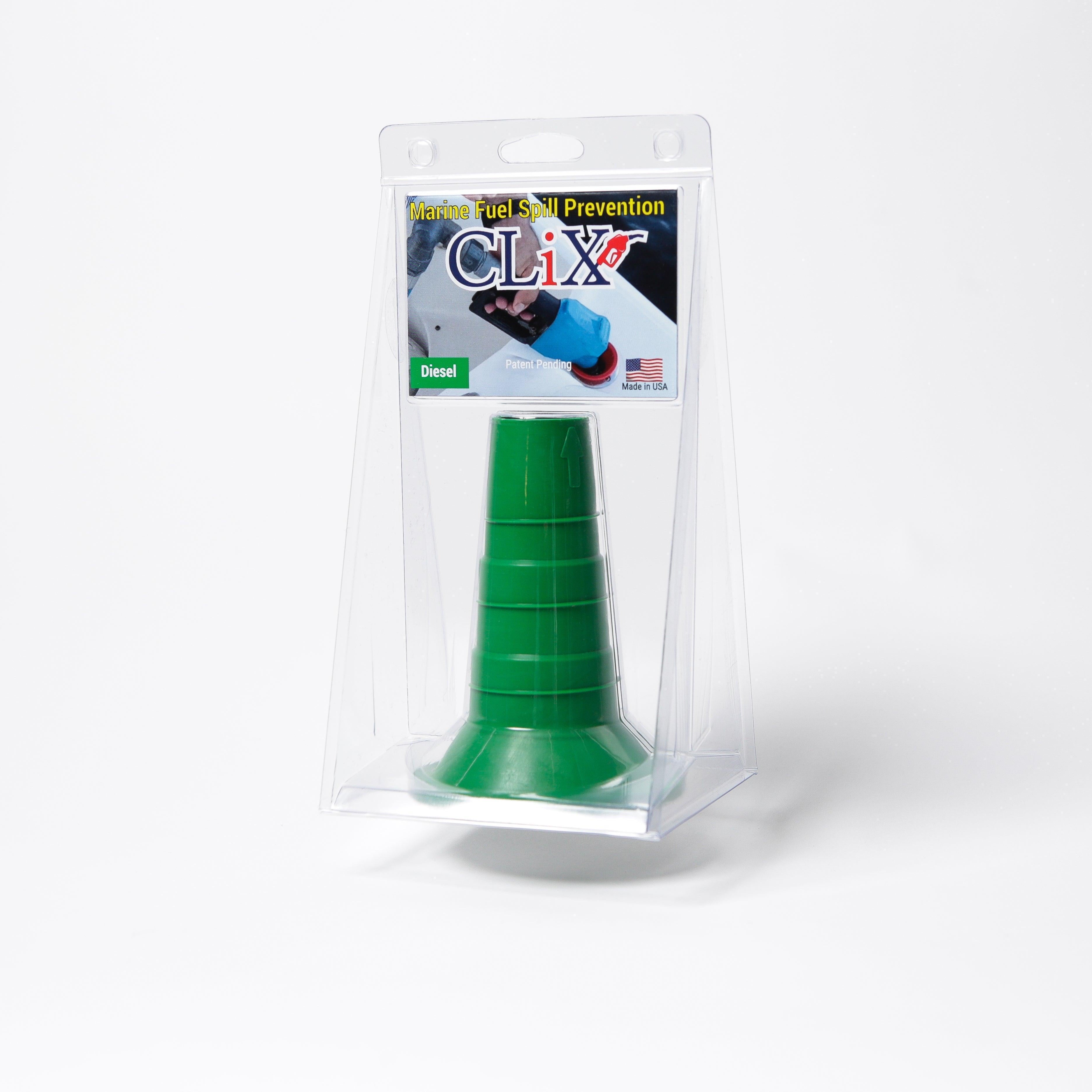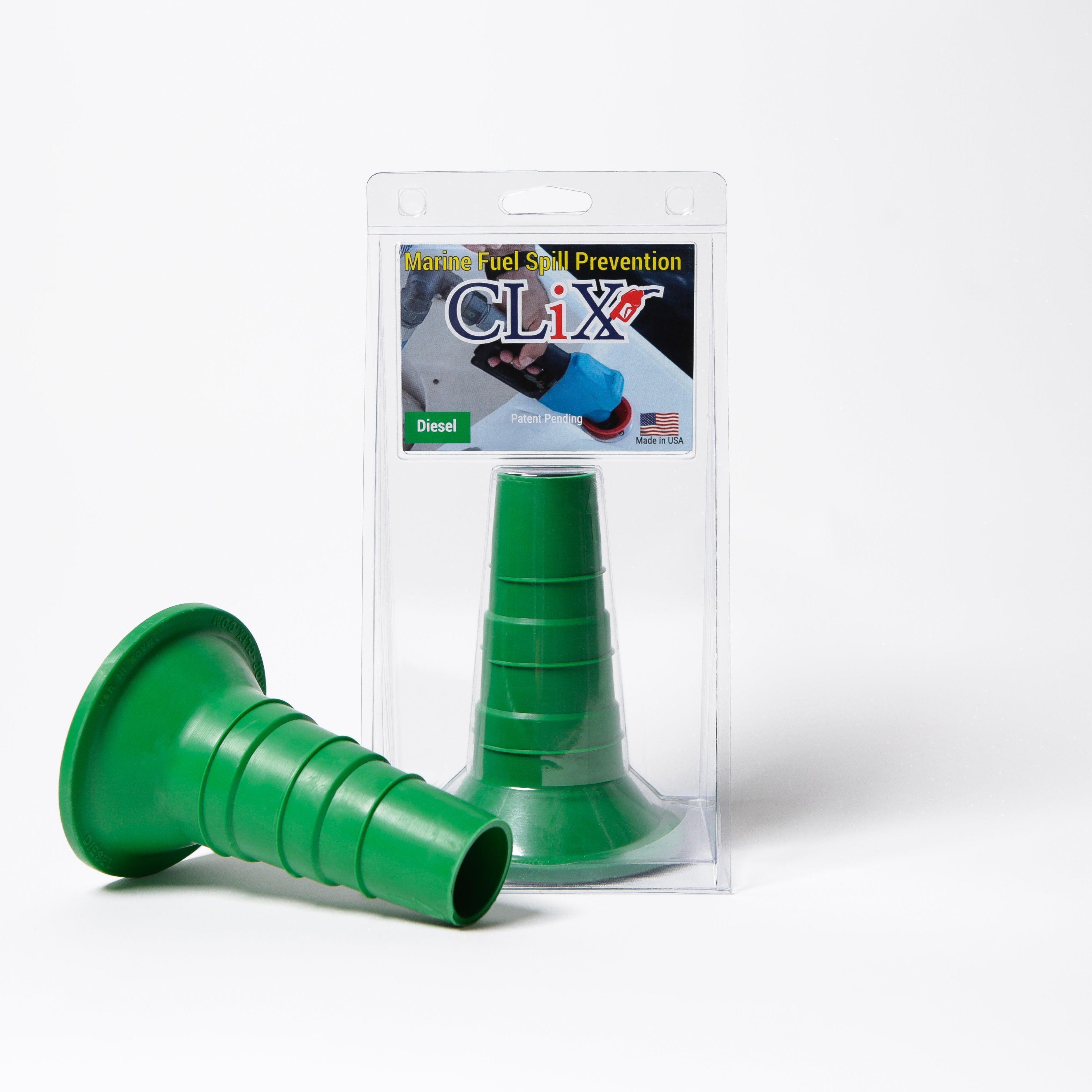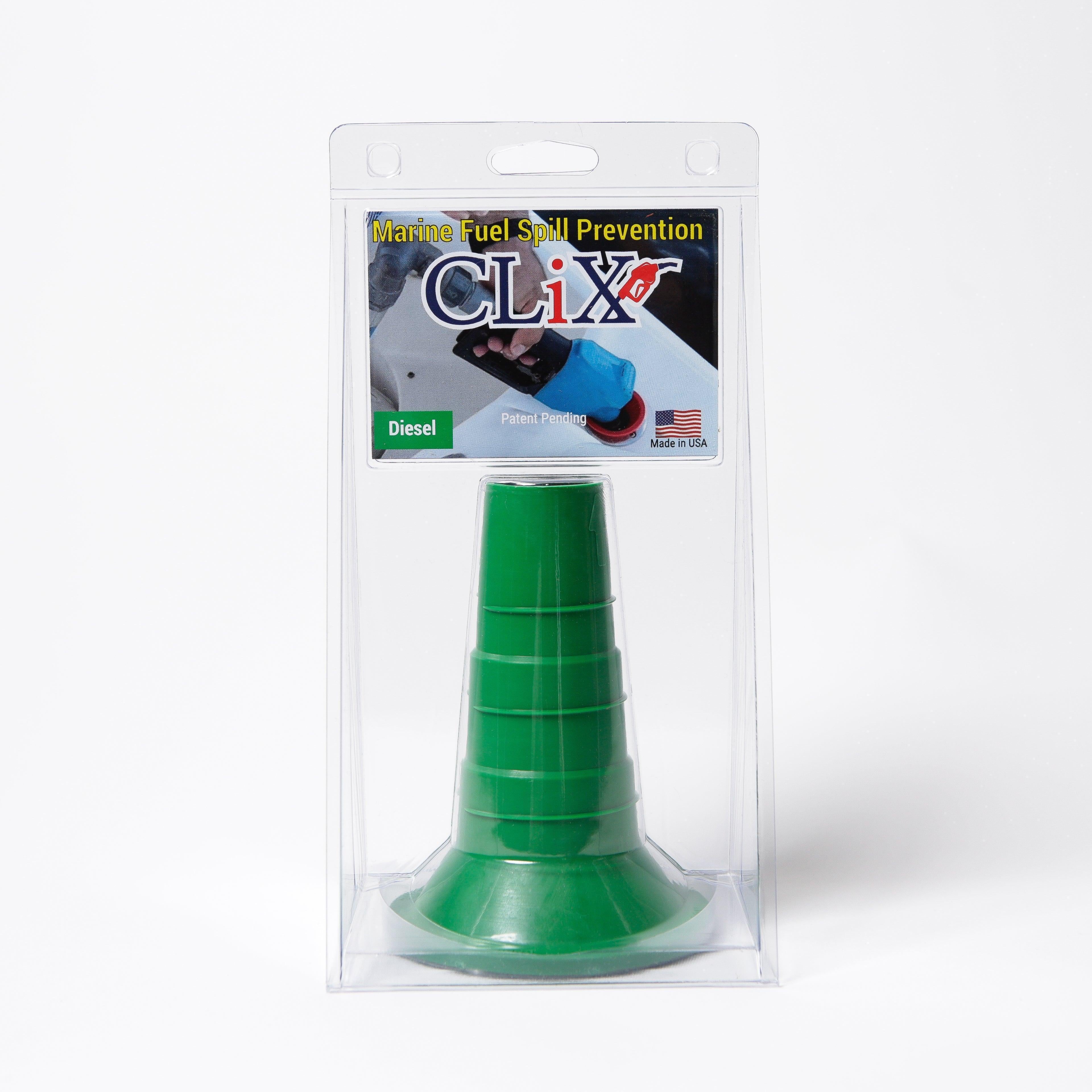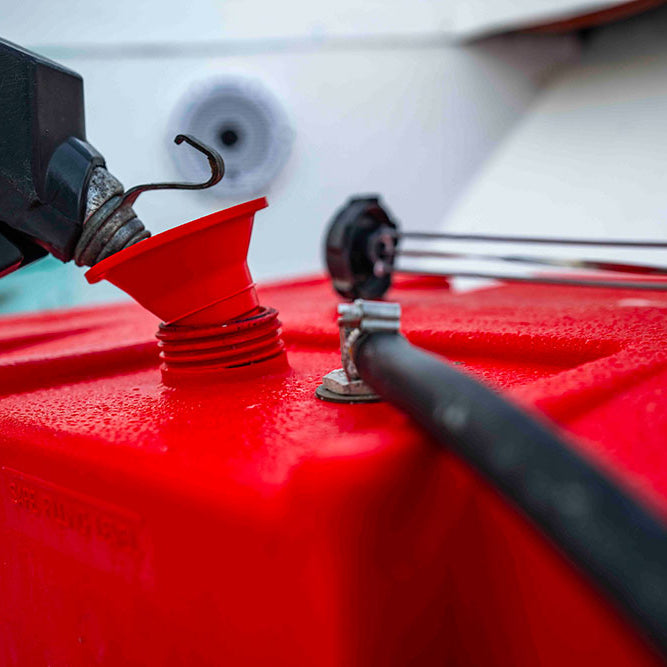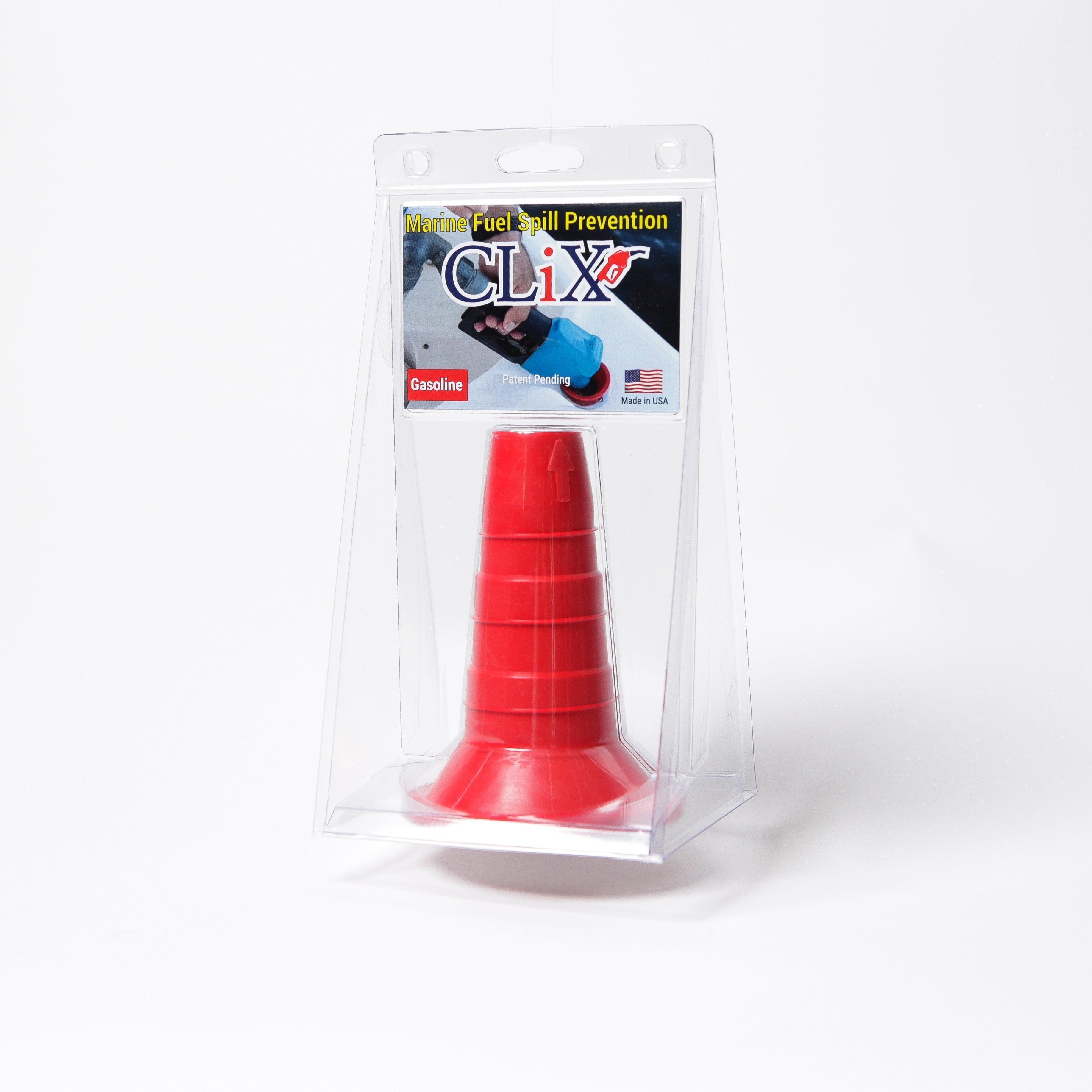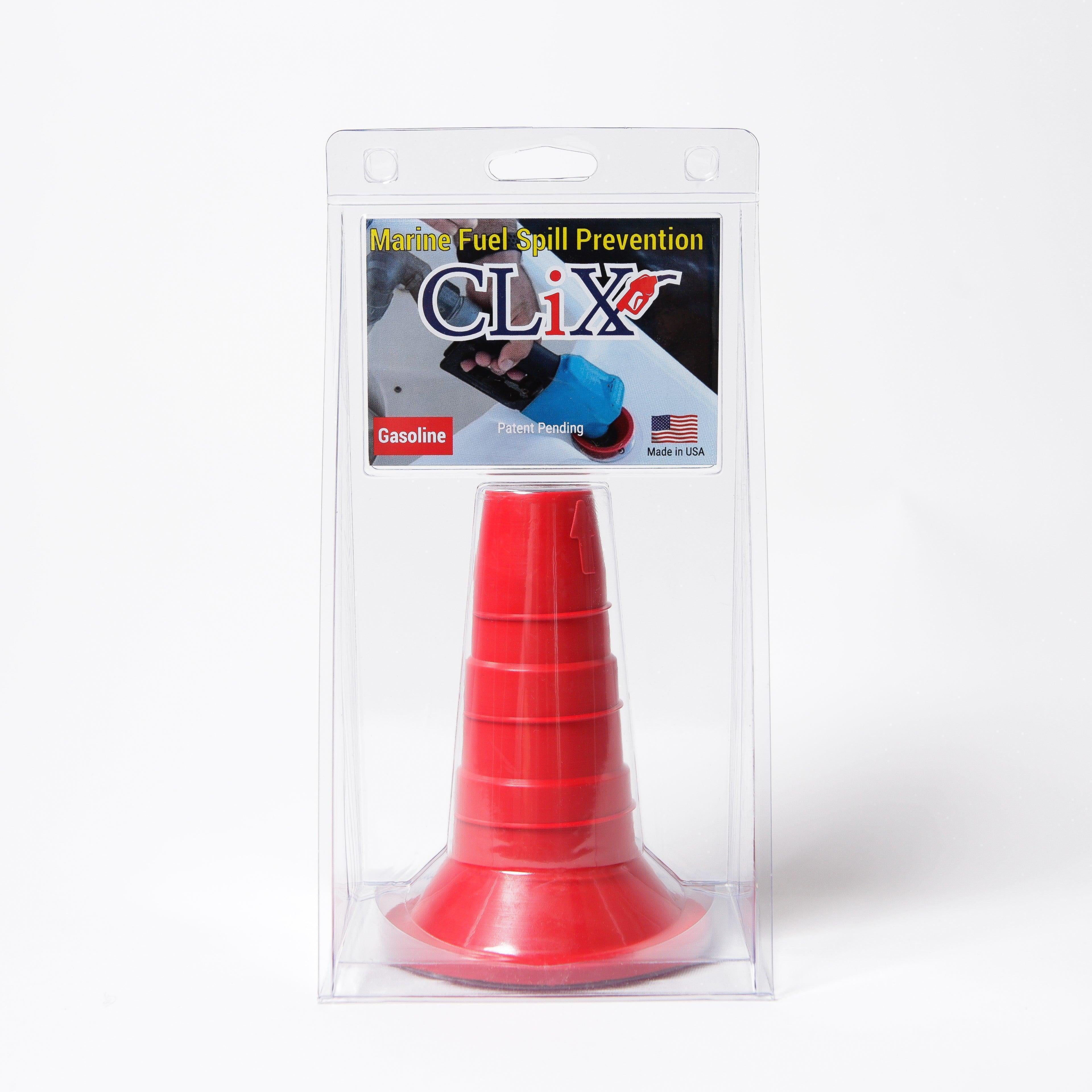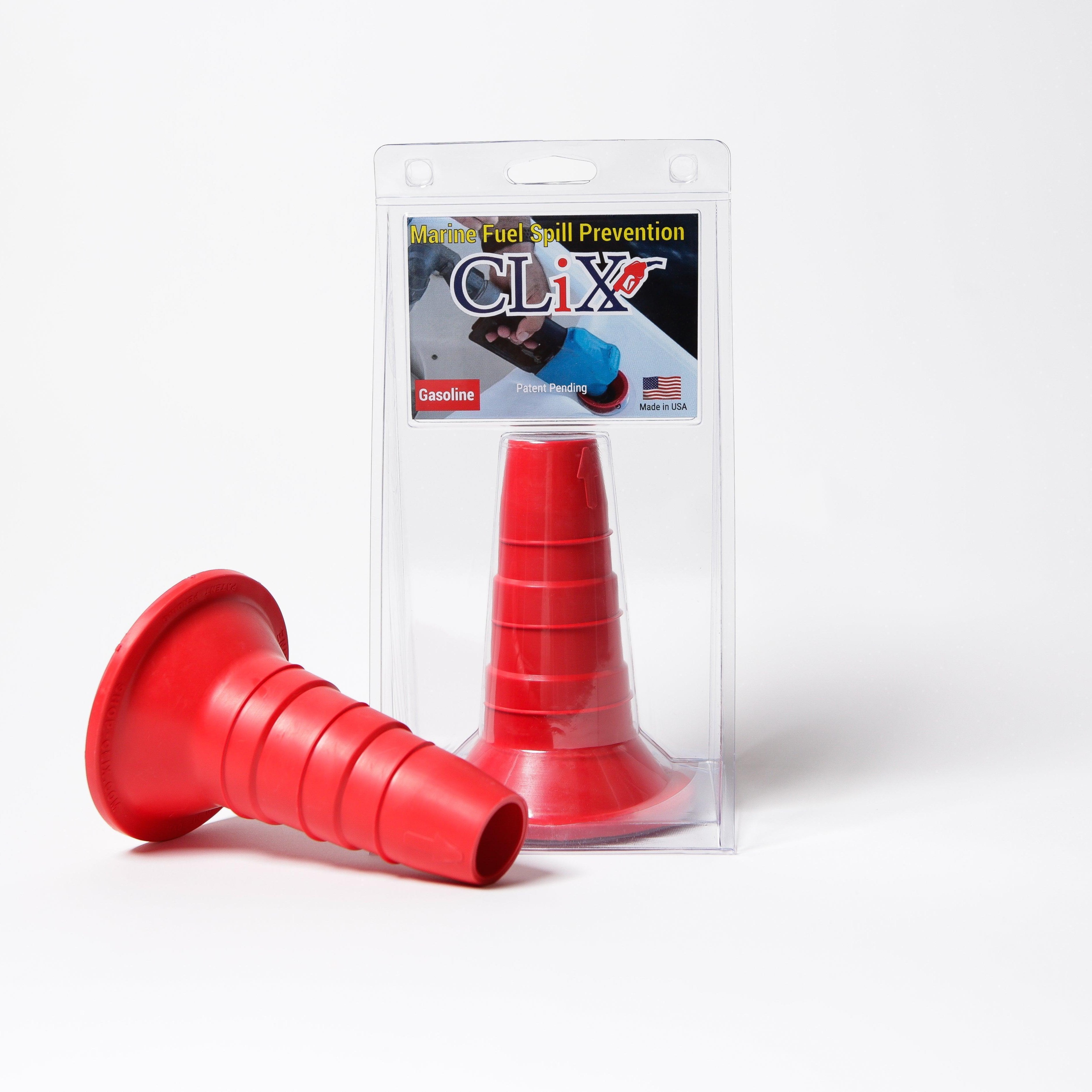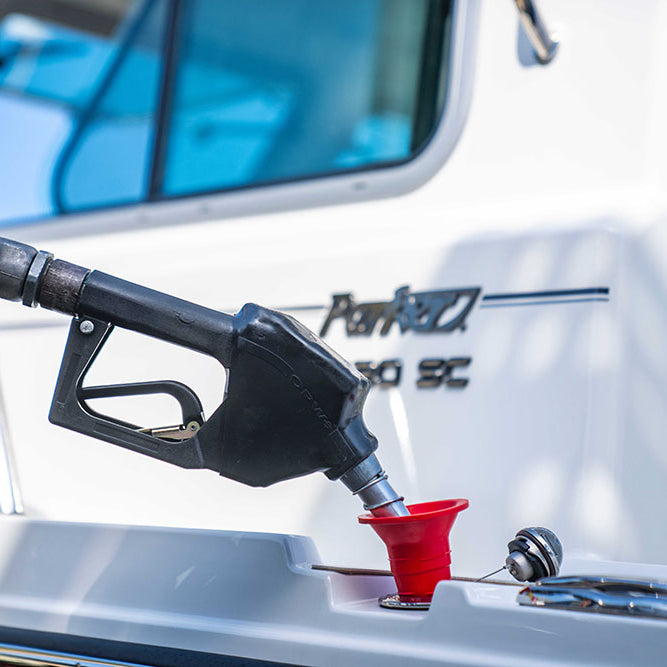Think of an Environmental Assessment Form (EAF) as a detailed "health check-up" for a potential project. It's not just another piece of paperwork. Before a single shovel hits the ground, this document helps everyone understand how a new development might affect its surroundings. It’s a foundational planning tool designed to spot potential problems early on.
The Foundation of Responsible Project Planning
An EAF is the very first conversation your project has with the environment. It lays out the full story: what you're building, where you're building it, and how it's going to interact with the local ecosystem and community. This isn't about simply checking off boxes; it's a thoughtful, upfront analysis that paves the way for responsible development.
The main goal is to give regulatory agencies a clear, complete picture of your project. This lets them make an informed "determination of significance." In plain English, they decide if the project's potential impacts are small enough to move forward or if they're serious enough to demand a deeper dive—what's known as an Environmental Impact Statement (EIS).
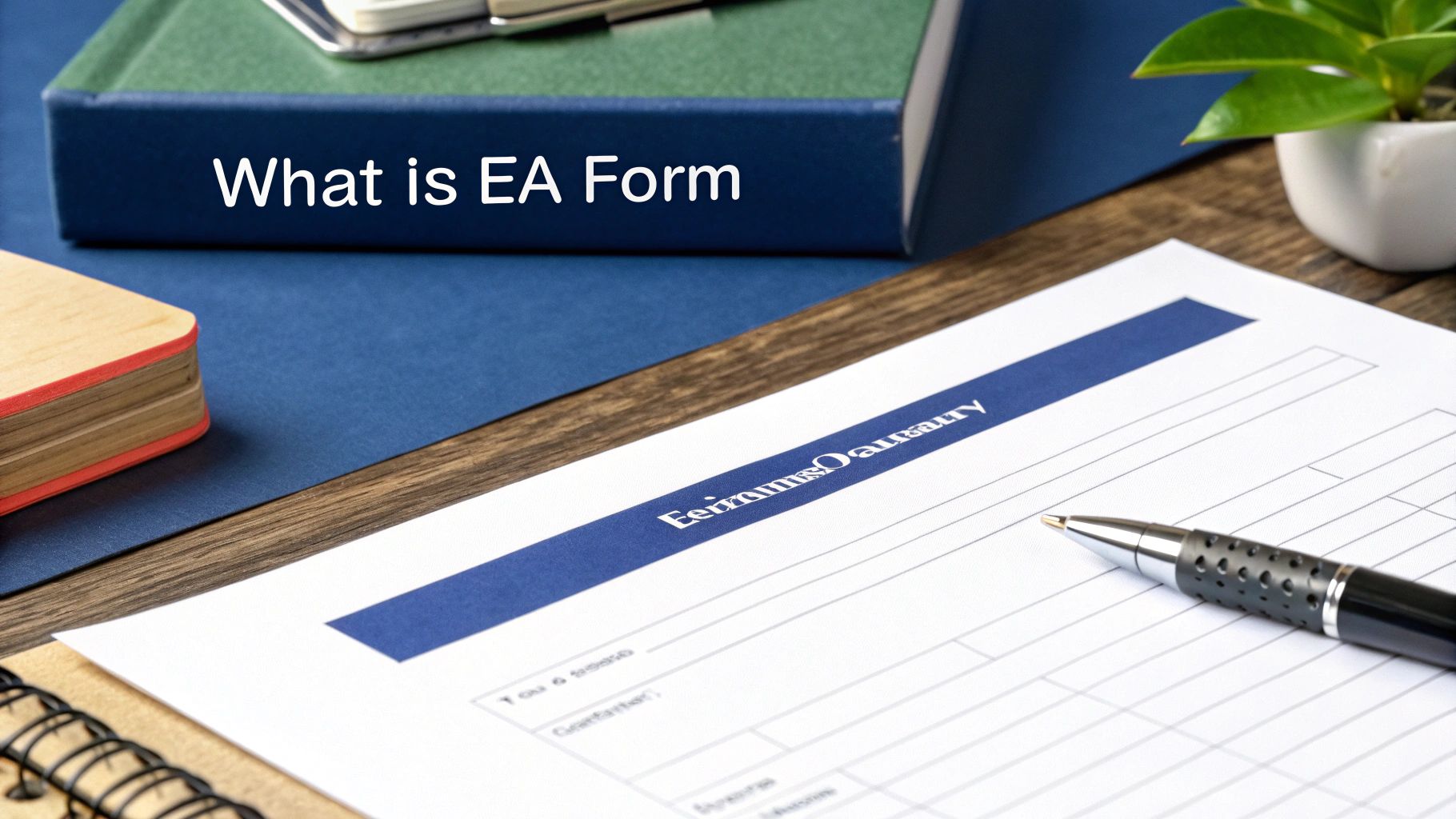
From Project Idea to Environmental Review
Filling out an EAF forces you to shift from big ideas to specific details. It makes you systematically look at how your project will connect with all sorts of environmental factors.
You'll need to consider things like:
- Impact on Natural Resources: How will this affect nearby water, local wildlife, or air quality?
- Land Use and Zoning: Does the project fit in with the community's existing plans and rules?
- Public Health and Safety: Could it create issues with noise, traffic, or the materials used on site?
- Community Character: Will the project change the look and feel of the neighborhood or impact historical sites?
To put it simply, the EAF acts as a critical screening tool. It helps separate the straightforward projects from those that need a much closer look, making sure that everyone's time and resources are spent where they matter most.
The table below breaks down the core functions of an EAF, showing how it supports both project approval and long-term environmental health.
Core Functions of an Environmental Assessment Form
| Function | Description | Primary Goal |
|---|---|---|
| Information Disclosure | Provides a comprehensive overview of the project's scope, location, and operational details. | To create a transparent record for regulators and the public. |
| Impact Identification | Systematically identifies potential effects on air, water, land, wildlife, and human communities. | To proactively spot potential environmental conflicts early. |
| Significance Screening | Helps regulators determine if impacts are minor or significant enough to require a full EIS. | To streamline the review process for low-impact projects. |
| Mitigation Planning | Encourages the inclusion of measures to avoid, reduce, or offset negative environmental effects. | To build environmental stewardship directly into the project design. |
Ultimately, the information you gather for an EAF is essential for sustainable growth. This proactive review helps uncover issues early, which allows for design tweaks or other solutions that can prevent expensive fixes and long-term damage down the road.
A Critical Tool in a Changing World
The EAF's role has never been more vital. With global greenhouse gas emissions having jumped by 50% in the last 30 years, these forms are essential for smart, responsible planning. They provide a structured way to assess environmental impacts and build resilience, which is especially important when you consider that over 50% of the world's GDP relies on nature. If you're interested in the bigger picture, you can find more sustainability statistics that highlight these trends.
At its heart, the EAF is about foresight. It pushes developers to think beyond the construction fence and consider the long-term ecological and social footprint of their work. For marina and fueling station operators, whose businesses are right on the water, this kind of foresight is non-negotiable. A well-prepared EAF is a powerful statement about a project's commitment to protecting the environment and a key step toward a successful, sustainable future.
Why Environmental Assessments Are More Important Than Ever
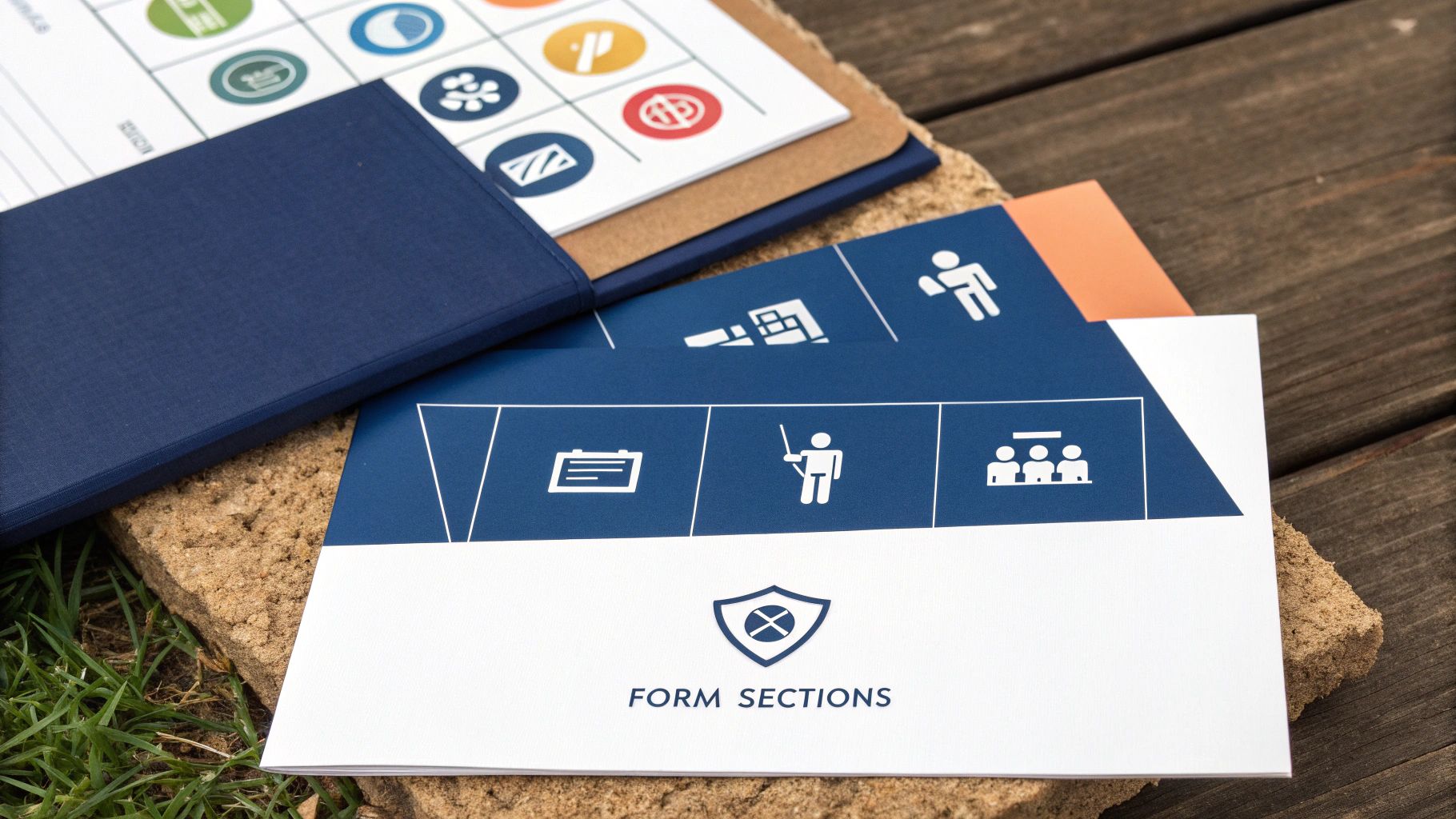
When you're filling out an environmental assessment form, it can feel like just another piece of local paperwork. But what you're really doing is placing a small, crucial piece into a much larger global puzzle. Across the world, there's a powerful shift happening: we're finally connecting environmental health directly to economic planning.
We’ve come to realize that a healthy environment isn't just a "nice-to-have"—it's the very bedrock of a stable economy.
For too long, economic plans treated our natural resources like clean water, air, and healthy forests as if they were free and infinite. We now know just how shortsighted that was. These resources are what experts call "natural capital," and they are every bit as valuable as a country's roads and factories.
This updated perspective has spurred the creation of new frameworks to help us measure what truly matters.
Accounting for Nature on a Global Scale
One of the most significant of these is the System of Environmental-Economic Accounting (SEEA). Think of it as a completely new set of accounting rules for entire nations. Instead of just tracking dollars and cents, it puts environmental assets right alongside economic ones on the same balance sheet.
This isn't just a theory; it's gaining real-world traction. Countries are increasingly working to formally integrate natural capital into their economic reports, giving them a much clearer picture of their long-term health and wealth.
This global framework provides the "why" behind your local environmental assessment. When a government can clearly see its environmental health, it can set smarter national goals. The forms you fill out then become a primary tool for making sure individual projects help meet those goals.
Connecting Local Actions to Global Goals
Every piece of data you provide on your form—from water usage to potential pollution—feeds into this larger system. It helps regulators understand the cumulative impact of many individual actions, connecting your project directly to major international objectives like the United Nations' Sustainable Development Goals (SDGs).
By carefully evaluating your project’s footprint, you’re not just checking a box; you’re contributing to a global vision for a better future that tackles poverty, inequality, and environmental decline all at once.
Your assessment helps advance goals like:
- Clean Water and Sanitation (SDG 6): By showing your project won't contaminate local water sources.
- Life Below Water (SDG 14): By protecting aquatic ecosystems, a vital task for any marina. Our guide on https://clixfueling.com/blogs/news/how-to-prevent-marine-pollution-essential-steps-to-act-now offers more insight.
- Sustainable Cities and Communities (SDG 11): By helping ensure new developments are resilient and built in an environmentally sound way.
Exploring practical strategies for reducing environmental impact is a fantastic way to ensure your project not only complies but contributes positively.
So, the next time you're faced with an EAF, remember it's far more than a regulatory hurdle. It's the mechanism that turns big-picture sustainability goals into real, on-the-ground action, positioning your project as part of the solution for a healthier planet.
Understanding the Key Sections of the Form

An environmental assessment form (EAF) can feel a bit overwhelming when you first look at it. It’s dense, official, and looks like a complex tax document for the planet. But once you break it down, you realize it’s actually telling a story—the story of your project, the land it will be on, and how the two will get along.
Think of it like building a case. You start with the basic facts, describe the scene, identify potential issues, and then present your solutions. Each section of the EAF builds on the last, creating a complete picture for regulators. Let's walk through the major parts.
Project Description and Scope
This is where it all begins—the "who, what, where, and why" of your project. It's the first section, and honestly, it’s the foundation for everything else. You need to be crystal clear about what you're planning to do. This isn't the place for vague ideas; details are your best friend here.
This section asks for the nitty-gritty, such as:
- Project Location: The exact address and property boundaries.
- Project Size: How much land will be involved? Think square footage of buildings or acres of disturbed earth.
- Proposed Actions: A full rundown of all activities, from digging foundations and construction to new operational procedures.
- Project Purpose: Why are you doing this? What community need or business goal does it meet?
Getting this part right is crucial. It gives regulators a solid, accurate starting point to understand the context for everything that follows.
Existing Environmental Setting
If the first section was about your project, this one is all about the location before you break ground. Think of it as a "before" photo. To understand how your project might change the environment, you first need a detailed snapshot of its current condition. This creates a baseline that all potential impacts will be measured against.
Here, you'll document the existing state of the area, covering things like:
- Land: The site's topography, soil composition, and underlying geology.
- Water: Any nearby streams, rivers, wetlands, or floodplains, plus details on groundwater.
- Plants and Animals: The types of vegetation on-site, known wildlife habitats, and any endangered or threatened species in the vicinity.
- Aesthetic and Historic Resources: Are there scenic views, historic buildings, or known archaeological sites nearby?
A thorough and honest baseline is non-negotiable. Without a clear picture of what the environment looks like now, it’s impossible to make a credible case about what might happen later.
Potential Environmental Impacts
Now we connect the dots. Based on your project description (what you're doing) and the existing environment (the "before" photo), you have to think through all the potential consequences. This is the heart of the assessment, where you analyze how your actions might affect the baseline conditions.
This is where the real work begins. You're asked to think critically about cause and effect, shifting from "what is" to "what if."
For a marina, this could mean looking at the risk of fuel spills, the effect of increased boat traffic on aquatic life, or noise impacts on the surrounding community. You have to consider every potential impact, no matter how big or small.
Proposed Mitigation Measures
Finally, after identifying potential problems, this section is your chance to offer solutions. Mitigation measures are the specific, practical steps you'll take to avoid, minimize, or compensate for any negative environmental effects. It’s where you show regulators that you’ve thought through the risks and have a proactive plan to manage them.
Examples of mitigation measures include things like:
- Installing modern spill prevention systems at fueling docks.
- Using silt fences during construction to keep soil out of waterways.
- Planting vegetated buffers to protect nearby streams.
- Setting specific operating hours to limit noise disturbances for neighbors.
A strong set of mitigation measures tells regulators you're a responsible operator. It can be the key to a smooth approval process, preventing your project from getting bogged down in red tape.
To pull it all together, here is a simple breakdown of what each section of an Environmental Assessment Form covers.
Anatomy of an Environmental Assessment Form
| Form Section | Core Question It Answers | Example Information Required |
|---|---|---|
| Project Description | What are you planning to do and why? | Project size, location, scope of construction, operational details, and overall purpose. |
| Existing Setting | What does the environment look like right now? | Details on land, water, wildlife, air quality, and any historic or scenic resources. |
| Potential Impacts | How might your project change the environment? | Analysis of potential effects on water quality, noise levels, traffic, and local ecosystems. |
| Mitigation Measures | How will you prevent or reduce those impacts? | Specific plans for erosion control, spill containment, habitat restoration, and operational best practices. |
By approaching the EAF with this narrative in mind, it stops being a bureaucratic hurdle and becomes a genuinely useful tool for planning a responsible, successful, and sustainable project.
How to Complete Your EAF Accurately
Filling out an environmental assessment form (EAF) shouldn't feel like a test you have to pass. The secret is simply diligence. Think of it as telling a detailed story to regulators, showing them you’ve really thought through every angle of your project. An incomplete or vague form is the quickest way to get bogged down in delays and extra questions.
Good preparation starts long before you ever put pen to paper. It’s all about gathering solid, provable facts to back up every answer you give.
Step 1: Gather Your Information
Before even looking at the EAF, pull together all the information you'll need. This single step will save you a world of headaches and stop-and-start frustration later on. Your goal is to have everything you need within arm's reach.
Here’s a practical checklist to get you started:
- Detailed Site Plans: Don't just list an address. You need property boundaries, topographical maps, and layouts of any buildings already on the site.
- Project Schematics: Have clear diagrams showing what you plan to build or change. Make sure they include dimensions and materials.
- Local Environmental Data: Do a little digging into local conditions. Find information on water tables, any nearby wetlands, and the habitats of local wildlife. Your city or county government websites are a goldmine for this.
- Regulatory Information: Get familiar with the local zoning laws and any specific environmental rules that apply to your property or your type of business.
This initial prep work is the first—and most critical—phase of the entire process, as you can see in the diagram below.
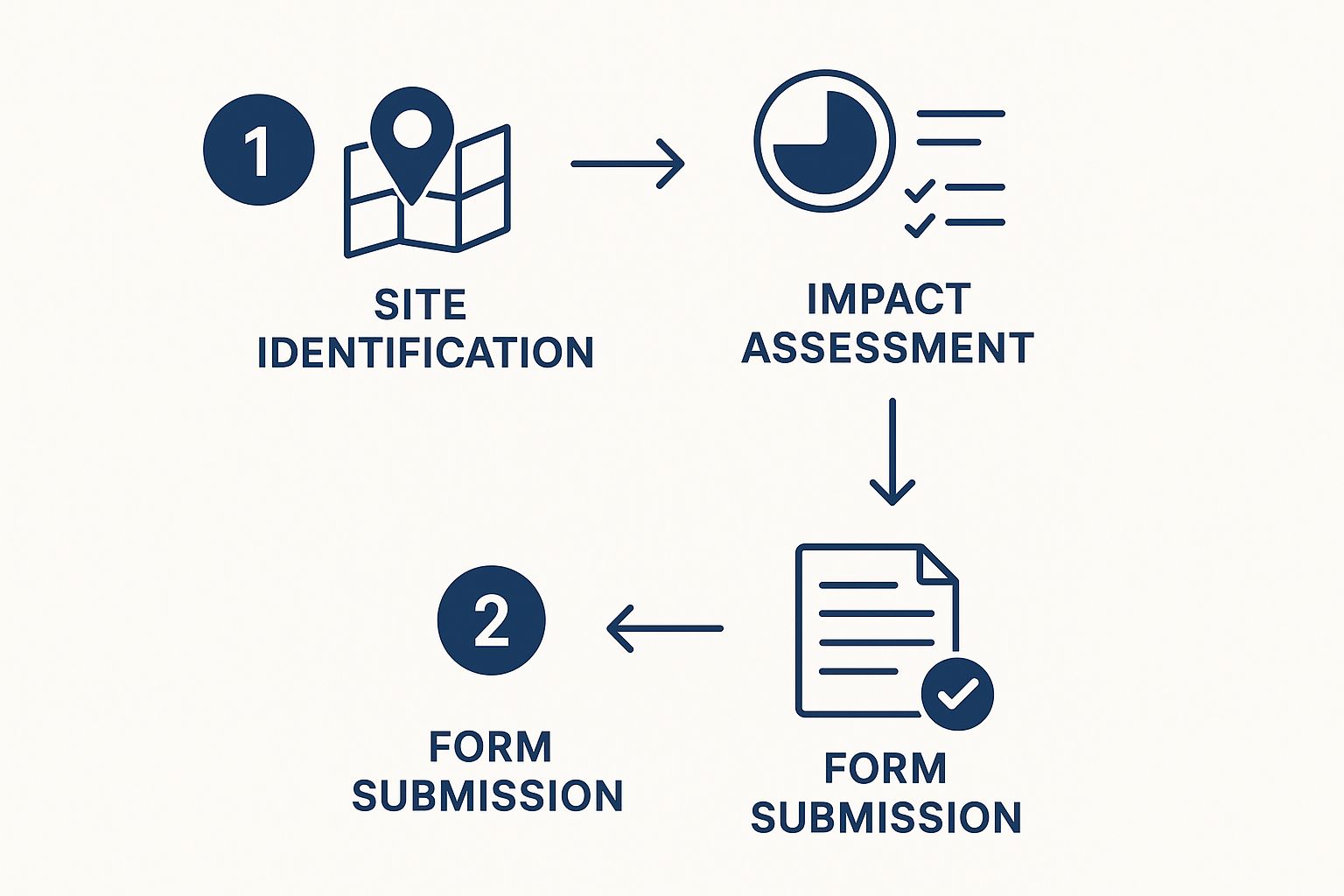
The graphic makes it clear: a successful submission isn’t a one-off task. It's the final piece of a careful, methodical process. If you rush it, your project will almost certainly get stalled.
Step 2: Be Specific and Honest
When it comes to an EAF, vagueness is your worst enemy. Regulators are trained to spot fuzzy language, and it almost always raises a red flag. Ditch the general statements and provide hard data and specific details everywhere you can.
For example:
- Instead of writing: "Water will be managed to prevent runoff."
- Try this instead: "A 10-foot wide vegetated buffer will be installed along the northern property line to filter stormwater runoff before it enters the adjacent creek."
See the difference? One is a vague promise; the other is a concrete plan. Honesty is just as crucial. If your project might have some negative impacts, own up to them. Then, immediately explain the steps you'll take to mitigate them. Hiding a potential problem is always far riskier than tackling it head-on.
Transparency builds trust with regulatory agencies. A well-prepared environmental assessment form that acknowledges and addresses potential issues is often reviewed more favorably and efficiently than one that appears to hide them.
Step 3: Consult Experts When Needed
For a simple project, you might be able to handle the EAF on your own just fine. But when things get more complex—especially in environmentally sensitive areas or for specialized businesses like marinas—bringing in an expert is a smart move.
An environmental consultant can be a huge help. They can:
- Handle specialized studies, like wetland mapping or traffic analysis.
- Make sense of complicated regulations to keep you compliant.
- Spot potential impacts you might have missed.
- Write the technical parts of the form with authority.
If you run a marina, this could also mean talking to marine engineers or safety specialists. For example, the details of your fuel storage are incredibly important. A solid plan for your boat fuel tank installation and maintenance can make your application much stronger. You can learn more about picking the right systems in our boat fuel tank guide.
Step 4: Review and Refine
Don't hit "submit" just yet. That final review is a critical last step. Go through every single question and answer to make sure everything is clear, consistent, and complete. Better yet, have a colleague who isn’t familiar with the project give it a read. A fresh pair of eyes can spot confusing phrases or mistakes you’ve read a dozen times and missed.
Finally, double-check that you've attached all the required documents—maps, site plans, and any reports. Sending in a complete, professional package shows you respect the process. It sets a positive, diligent tone for the entire review.
Special Considerations for Marina Fueling Operations
While an environmental assessment form (EAF) is a standard part of many projects, the game completely changes when you're dealing with marinas and fueling operations. These businesses live right on the edge—where commerce meets sensitive aquatic environments. The potential for a mistake to cause real environmental damage isn't just a possibility; it's an immediate and serious risk.
For a marina operator, that EAF isn't just another piece of paperwork to get a permit. Think of it as your most important risk management tool. It forces you to take a hard, honest look at your day-to-day operations and what could go wrong, turning abstract rules into real-world scenarios right there on your dock.
Heightened Risks at the Waterline
A typical construction project might worry about some soil runoff or dust. For a marina, the risks are far more dynamic and much less forgiving. When you get to the sections of the EAF about water resources, spill prevention, and waste management, you're looking at the most critical parts of your story.
Here are the big-ticket items that every marina's EAF needs to nail:
- Fuel Spills: It doesn't take much. Even a small amount of gasoline or diesel is incredibly toxic to marine life. It can contaminate the sediment for years and lead to closures of swimming and fishing areas. Remember, a single gallon of oil can pollute a million gallons of water.
- Stormwater Runoff: Every time it rains, water washes over your parking lots, boatyards, and docks. This runoff picks up everything in its path—oil, cleaning chemicals, heavy metals from anti-fouling paint—and carries it straight into the water.
- Waste Disposal: How you handle used oil, solvents, old batteries, and other hazardous materials is critical. If these substances aren't managed perfectly, they can easily leach into the ground or find their way into the water.
These aren't your average risks, and they demand more than just average solutions. You need specialized equipment and rock-solid procedures designed specifically for the challenges of a marine environment.
Connecting Compliance to Operational Upgrades
This is where the assessment process really shows its value. A well-crafted EAF doesn't just list potential problems; it outlines concrete solutions. This is your chance to show regulators you have a proactive plan to stop incidents before they ever start, and modern equipment is a huge part of that story.
For a marina, an environmental assessment form isn't just about promising what you won't do. It’s about proving what you will do—what you'll install and implement to actively protect the environment. That distinction means everything to regulators.
For instance, when the EAF asks how you'll prevent fuel spills, a vague promise to "have a response plan" won't cut it. A much stronger answer details the specific technologies you have in place. This could mean highlighting modern, secure fueling systems that automatically prevent tank overfills and shut off fuel flow—a leading cause of spills at the dock.
These systems directly tackle the risks you’ve identified, giving regulators a tangible, verifiable way to see you're serious. The same goes for stormwater; detailing your plan to use oil-water separators or vegetated buffer zones shows a real commitment. Of course, having a solid plan for when things go wrong is also essential. To get a head start, check out our comprehensive fuel spill response plan template, which gives marina operators a great framework to build from.
The pressure on these types of operations is only getting more intense. The global market for Environmental Impact Assessments is on the rise, pushed by tougher regulations. With North America accounting for the largest share at 39.69%, U.S. industries like marine fueling are under a microscope to prove their environmental commitment. You can learn more about the expanding EIA market and its implications here.
By directly linking the requirements of an environmental assessment form to operational upgrades like CLiX Fueling Solutions, marina owners can turn a regulatory chore into a powerful statement. It tells regulators that safety and compliance aren't just words on a page—they're physically built into the dock itself.
Answering Your Top EAF Questions
Even with a solid grasp of the basics, working through an environmental assessment form for the first time can leave you with some lingering questions. It's completely normal. Let's walk through some of the most common things people ask so you can move forward with confidence.
Who Actually Needs to Fill Out an EAF?
The short answer is: anyone proposing an action that might have a real impact on the environment. This isn't just for massive industrial plants. The requirement is usually set by local, state, or even federal law, depending on the project's size and what it involves.
So, who does this usually include?
- Developers planning new construction projects that exceed a certain square footage.
- Anyone proposing a major land subdivision.
- Businesses, including marinas and fueling stations, whose operations could create emissions or discharges.
The specific rules can differ wildly from one town or state to the next. Your best bet is always to call the local planning board or environmental agency directly. Just ask them—it’s the safest way to know for sure if your project needs an EAF.
What Happens After I Submit the Form?
Once you've turned in your EAF, it doesn't just disappear into a black hole. A regulatory agency kicks off a formal review to figure out your project's potential environmental footprint. This process almost always ends in one of three ways:
- Negative Declaration: This is the best-case scenario. It means the agency found no significant environmental threats, and you can move ahead with your project approvals.
- Conditional Negative Declaration: This is a "yes, but..." outcome. The agency sees potential issues but believes they can be managed. You'll be allowed to proceed as long as you agree to implement specific changes or safeguards.
- Positive Declaration: This is the most serious outcome. It means the agency believes your project is likely to have at least one significant negative impact. This triggers the need for a far more detailed and costly Environmental Impact Statement (EIS).
Can I Just Fill Out the Form Myself?
For a very simple project with obvious, minimal impacts, you might be able to handle the EAF on your own. If you’re just building a small shed, for example, it’s probably doable. But for anything more complex, the honest answer is probably no.
Think seriously about hiring an environmental consultant if your project is in a sensitive ecological area, involves a specialized field like marina fueling, or is likely to attract public attention. Their expertise isn't just about filling out a form—it's about avoiding expensive mistakes and navigating the system smoothly. It's an investment that can save you a world of headaches.
How Long Does the EAF Review Take?
There's no single answer here; the timeline can really vary. It all depends on how busy the agency is, how complicated your project is, and—most importantly—how well you prepared the form. For a simple project with a perfectly completed EAF, you might get a decision in 30 to 60 days.
On the other hand, a complex project can easily stretch into several months, especially if the agency needs more information or decides a deeper study is required. The single best thing you can do to speed things up is to submit a form that is complete, accurate, and totally transparent right from the start.
Navigating regulations is one piece of the puzzle, but having the right equipment on the ground is just as critical. CLiX Fueling Solutions offers spill-proof technology that directly tackles the kinds of risks an EAF is designed to evaluate. It's a powerful way to show regulators you're serious about protecting the environment. See how it works by visiting https://clixfueling.com today.

